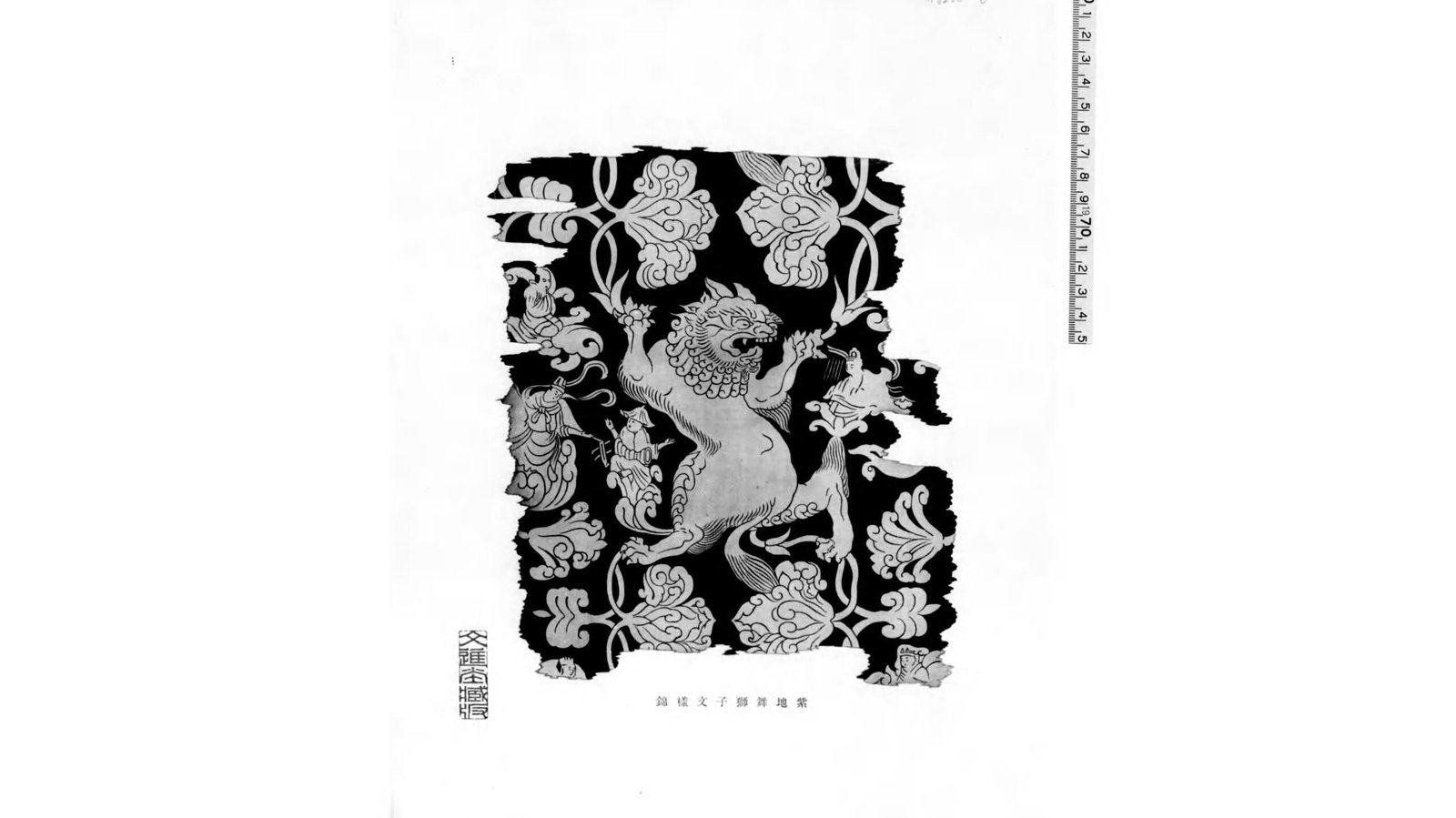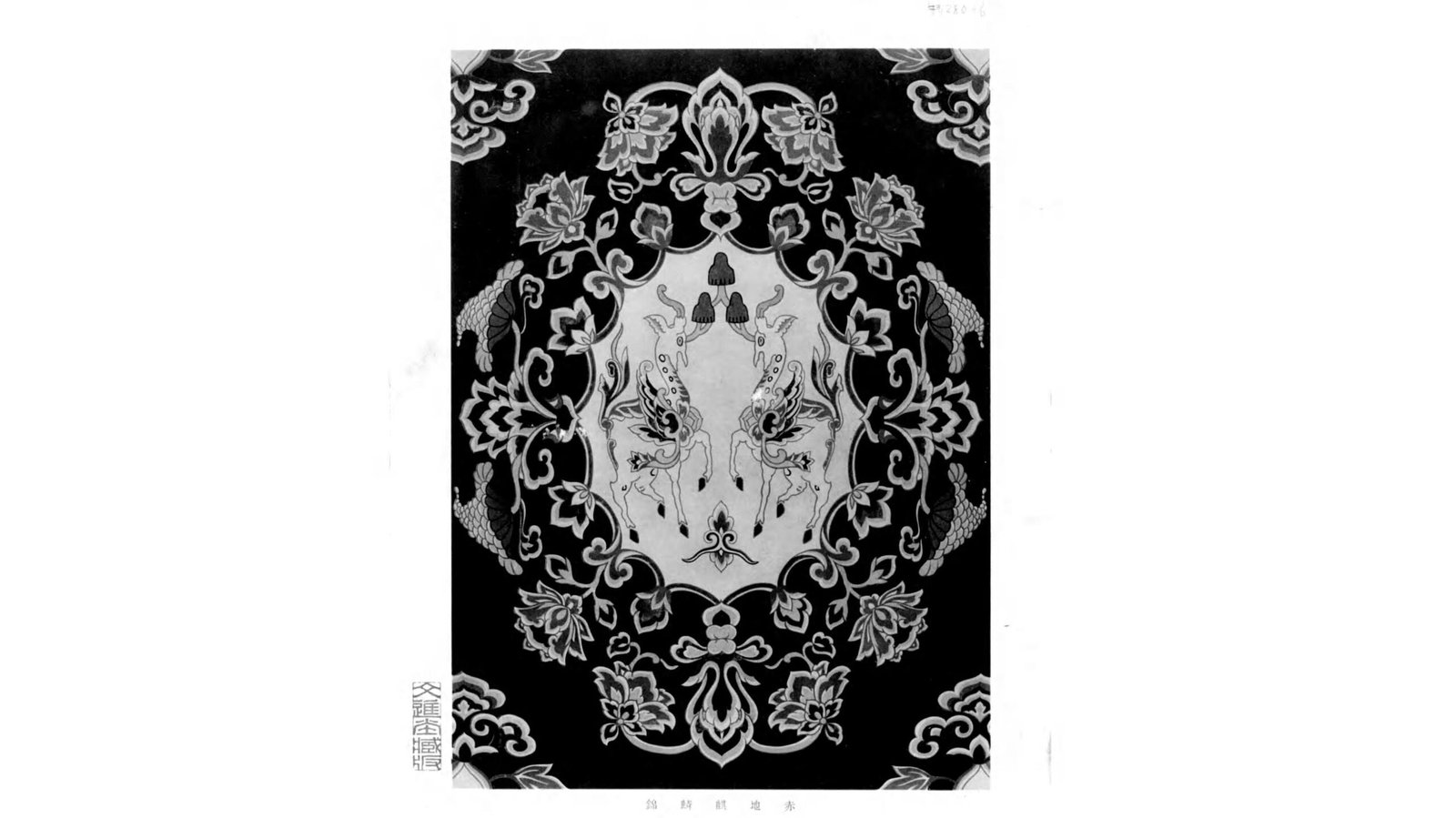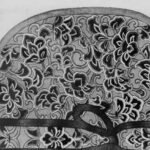The Shosoin is an architectural and cultural gem located within the precincts of Tōdai-ji Temple in Nara, Japan. This historic repository safeguards some of the most remarkable art and artifacts from the 8th-century Nara period. Among its many wonders is the Red-Ground Qilin Silk, an exquisite textile featuring the legendary qilin—a symbol of good fortune in Chinese and Japanese tradition. In this article, we’ll delve into what makes the Shosoin such a magical site and explore the cultural brilliance reflected in its treasured textiles.
WHAT IS THE SHOSOIN?
The Shosoin refers to a centuries-old repository constructed with a unique log-cabin style known as azekura-zukuri. Originally established to store Emperor Shōmu’s valuable possessions, it now houses a diverse collection of cultural assets. From rare musical instruments and sumptuous textiles to intricate lacquerware, each piece in the Shosoin speaks to the open and cosmopolitan character of the Nara period, during which Japanese art was heavily influenced by exchanges with the Tang dynasty of China and other regions along the Silk Road.
HISTORICAL SIGNIFICANCE OF SHOSOIN TREASURES

During the Nara period (710–794), Japanese society was rapidly evolving under Buddhist and continental influences. The Shosoin treasures, including the Red-Ground Qilin Silk, were placed under meticulous care by imperial decree. Many items were likely dedicated to religious ceremonies at Tōdai-ji, notably the Great Buddha’s eye-opening ceremony in 752. These offerings underscored the high regard for culture, spirituality, and exquisite craftsmanship within the imperial court.
NOTABLE FEATURES AND CRAFTSMANSHIP

- Advanced Dyeing & Threadwork:
The red base required costly dyes, and the intricately woven qilin figure required a meticulous method of alternating colored threads. This resulted in a brocade-like textile that remains vibrant and richly detailed, even after centuries. - Cosmopolitan Aesthetic:
Borrowing motifs from China and integrating them with Japanese tastes, such pieces encapsulated the spirit of international exchange that defined the era. - Preservation Efforts:
Given the delicate nature of ancient textiles, the Shosoin employs stringent measures to maintain stable temperature and humidity levels, ensuring these priceless fabrics stay intact for generations to come.
THE RED-GROUND QILIN SILK

Among the Shosoin’s most enthralling treasures is the Red-Ground Qilin Silk, sometimes referred to as the Red-Ground Qilin Brocade. This textile’s vibrant red background symbolizes high status and rarity, as red dye was extraordinarily expensive in ancient times. Interwoven with the image of a qilin—a mythological beast of Eastern origin revered for bringing prosperity and peace—this silk epitomizes cultural fusion at its finest. The piece reflects advanced weaving skills, suggesting that artisans of the Nara period mastered complex techniques without modern equipment such as Jacquard looms.
WHY THE SHOSOIN STILL CAPTIVATES THE WORLD
The Shosoin continues to captivate global audiences for several reasons:
- Unrivaled Cultural Insight:
Each artifact offers priceless insight into the lifestyles, religious practices, and aesthetic philosophies of one of Japan’s most influential periods. - Refined Artistry:
From textiles and musical instruments to decorative arts, the Shosoin collection typifies creative genius ignited by international interaction. - Timeless Inspiration:
Explorers and artists worldwide glean fresh ideas from patterns and motifs like the qilin, finding beauty and meaning in their timeless elegance.
The Shosoin is far more than just a repository of artifacts; it’s a direct portal to an age when Japan’s cultural frontiers expanded through dialogue with neighboring kingdoms, forging a vibrant art scene that still inspires us today. Whether you’re an art aficionado, history buff, or simply a curious traveler, the Shosoin’s Red-Ground Qilin Silk stands as a testament to the ingenuity and dedication of Nara-period artisans. Through exhibitions, research endeavors, and modern digital platforms, the Shosoin treasures continue to bridge centuries, connecting the wonders of 8th-century Japan with global admirers seeking creativity, myth, and timeless grace.
The following article introduces the traditional crafts of another sacred places in Japan, Tōdai-ji and Joruriji.



